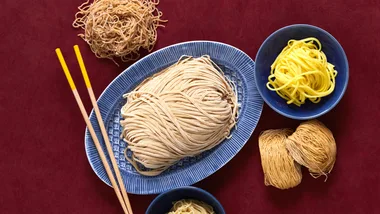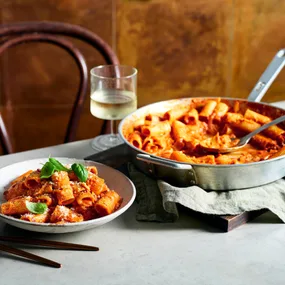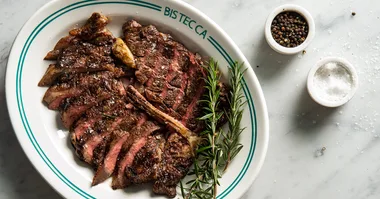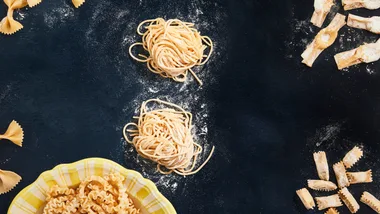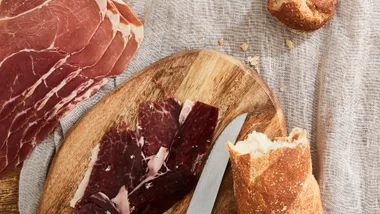What to plant
Cool/mountainous
Artichoke seedling
Asparagus seedling
Basil seedling
Beans seed
Beetroot seed
Bok Choi/Pak Choi seedling
Capsicum propagate
Carrot seed
Celery seedling
Chilli propagate
Coriander seedling
Cucumber seed
Eggplant propagate
Fennel seedling
Herbs seedling
Kale seedling
Lettuce seedling
Parsnip seed
Peas seedling
Pumpkin seed
Rocket seedling
Radish seed
Silverbeet seedling
Spinach seedling
Spring onion seedling
Squash seed
Sweet corn seed
Tomato seedling
Turnip seed
Strawberry seedling
Zucchini seed
Temperate
Artichoke seedling
Asparagus seedling
Basil seedling
Beans seed
Beetroot seed
Bok Choi/Pak Choi seedling
Capsicum seedling
Carrot seed
Celery seedling
Chilli seedling
Coriander seedling
Cucumber seedling
Eggplant seedling
Fennel seedling
Herbs seedling
Kale seedling
Lettuce seedling
Parsnip seed
Peas seedling
Pumpkin seedling
Rocket seedling
Radish seed
Silverbeet seedling
Spinach seedling
Spring onion seedling
Squash seed
Sweet corn seedling
Tomato seedling
Turnip seed
Strawberry seedling
Zucchini seedling
Sub tropical
Artichoke seedling
Asparagus seedling
Basil seedling
Beans seed
Beetroot seed
Bok Choi/Pak Choi seedling
Capsicum seedling
Carrot seed
Celery seedling
Chilli seedling
Coriander seedling
Cucumber seedling
Eggplant seedling
Herbs seedling
Kale seedling
Lettuce seedling
Rocket seedling
Radish seed
Peas seed
Pumpkin seedling
Silverbeet seedling
Spinach seedling
Spring onion seedling
Strawberry seedling
Squash seedling
Sweet corn seedling
Tomato seedling
Zucchini seedling
Tropical
Basil seedling
Beans seed
Beetroot seed
Bok Choi/Pak Choi seedling
Carrot seed
Capsicum seedling
Celery seedling
Chilli seedling
Cucumber seedling
Eggplant seedling
Herbs (all) seedling
Lettuce seedling
Pumpkin seedling
Rocket seedling
Radish seed
Silverbeet seedling
Spinach seedling
Spring onion seedling
Squash seedling
Strawberry seedling
Sweet Corn seedling
Tomato seedling
Zucchini seedling
When it comes to pumpkins, big is beautiful, and they can flourish even if you’re short on space, writes Mat Pember.
Shrinking property sizes mean smaller patches with little space for the big guns of the vegetable world. And if we do have the space to weave some green-thumbed magic, something as bold as a pumpkin rarely eventuates.
A sprawling mess of vine punctuated by burgeoning jack-o’-lanterns seems more like the stuff of an organic Halloween fantasy than our cluttered urban reality. But even when real estate is at a premium, there are ways to accommodate all that the gardening gods have to offer.
When choosing which variety to grow, let your available space guide the decision. While there are varieties that love to go on and on, some are better suited to competitive fruit-lifters than others. Thus, variety is an important decision. If, for example, you have a bad back, you probably shouldn’t consider growing an Atlantic Giant or any other jumbo pumpkin. If you have a point to prove, though, by all means go ahead.
Most of us will consider planting compact varieties that won’t bully out the rest of the patch. Jack be Small is one that we favour for small spaces. When planting, sow two seeds directly into the patch in mounds of compost spaced 60 to 80 centimetres apart. This fulfils a couple of important roles; giving the nitrogen-hungry plant the necessary energy to start its life, and perfect drainage.
Given the time of the year, seeds will need water every morning until they germinate after a week or so. Then keep up the daily watering until seedlings are about a month old, at which time it’s okay to cut back to three or four longer drinks per week.
As the vine begins its journey, the gardener must determine its future. Will you let it continue its path at ground level or manipulate the vine to start growing vertically? Despite the fearful notion of decent gardening folk being incapacitated by falling pumpkins, the reality is that the fruit are so firmly attached to the vine that breaking free is not a problem worth entertaining. That doesn’t mean, however, the trellising system won’t collapse.
Make sure you make a trellis that’s capable of bearing the weight of the fully formed fruit. Many pumpkins can reach two to five kilos, so engineer your structure accordingly. While structures for pumpkin aren’t governed by building codes, at the very least they should pass the probing eye of a moderately handy individual. Hopefully, that is you.
The foliage of the pumpkin is perfectly capable of taking flight in windy conditions. While it will make attempts to anchor itself at intermittent points along the vine, it’s worth staking the main stem of the plant. This will limit and restrict any unwelcome material damage.
As the vine reaches maturity apply liquid potash; the potassium-rich formula helps the development of flowers. You’ll notice two different types: those with a long, thin stem and those connected to the vine with a shorter stem and miniature fruit. The second is the female flower and if pollination is successful a lovely pumpkin will form.
Of course, bees and insects normally do the work for us, but aggravating factors such as bad weather can sometimes leave a shortfall of pollinators. If you find your fruit making false starts – that is, beginning to form and then shrivelling up and dying off – hand pollination is likely necessary. Don’t be shy – this is humankind’s way of picking up the slack when nature is having an off-day.
As soon as the fruit is the size of a child’s fist you can be assured you’re going to be the parent of beautiful, well-rounded pumpkins. These treasures do take a toll on the plant, however and, as more pumpkins form, the vine begins to die back.
One way of getting larger fruit is to pinch out the growth tips of the vine, transferring all remaining energy to the fruit that’s left (see more below). When ready, harvest the pumpkins with a good pair of secateurs, leaving enough thick stem intact to keep them nice; otherwise they won’t store well.
Tip of the month: pumped up pumpkins
Every vegetable gardener at some point has lamented a pumpkin not being as big as the one their vine produced before. It’s somewhat demoralising. But there is a way to achieve greatness in the patch and to pump up your pumpkins.
Ritual sacrifice
To gain a lot you need to lose a little with some judicious culling. As the fruit begins to swell from the pollinated female flowers, you can concentrate growing energy by having fewer pumpkins, at the sacrifice of others.
Less is more
Trim the vine just beyond the fruit chosen to grow. Sure, you lose a few, but with fewer pumpkins on the vine, more energy is available for those that remain to become mega-pumpkins. It’s a small price to pay for pumpkin pride.

